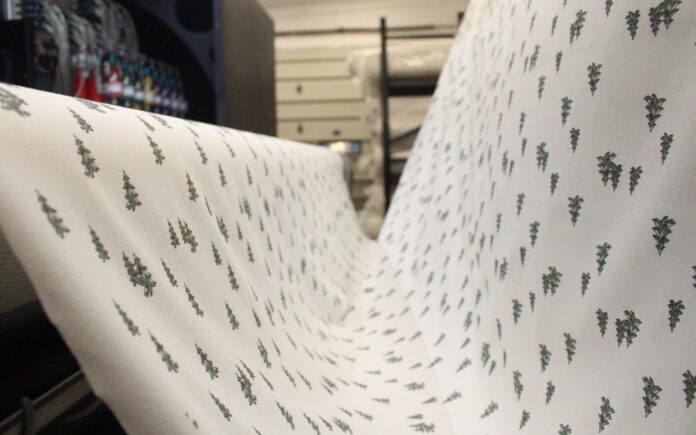
From the clothes we wear to the upholstery on our furniture, fabric design is an essential part of our daily lives. With digital printing techniques revolutionizing the way fabrics are produced, designers around the world are now able to unleash their creativity and bring groundbreaking new ideas to life.
In this blog post, we explore digital printing on fabric and other latest innovations in design. Discover how this exciting field is unlocking endless possibilities for fashion and interior design alike.
Exploring the Potential of Digital Printing in Fabric Design
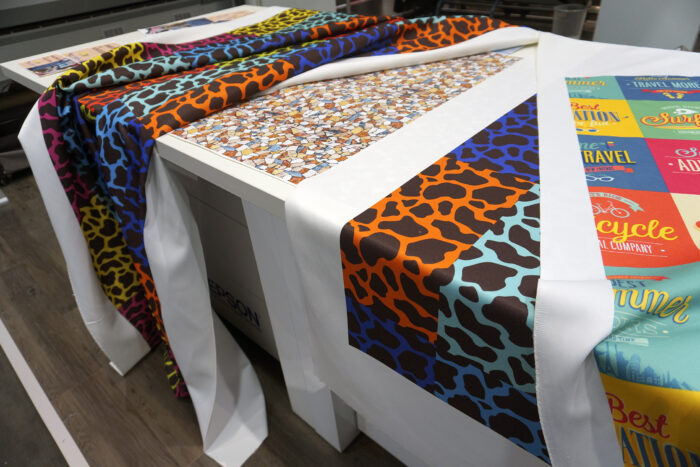
Digital printing’s influence on fabric design is profound, largely because it frees designers from many of the constraints of traditional printing methods. In the past, creating a unique fabric style involved a balancing act between creativity and practicality, as certain looks were just too complex or expensive to produce on a large scale. But with digital printing, virtually any idea can be realized, regardless of complexity or color scheme.
The potential extends beyond just the designing process. It also allows for short-run production and rapid prototyping, enabling designers to see and feel their creations in a matter of hours rather than weeks.
This not only speeds up the design process but also makes it much more iterative and flexible. Designers can experiment with different ideas, make adjustments on the fly, and ultimately arrive at a final look that is truly the best it can be.
Enhanced Color and Accuracy through Digital Printing
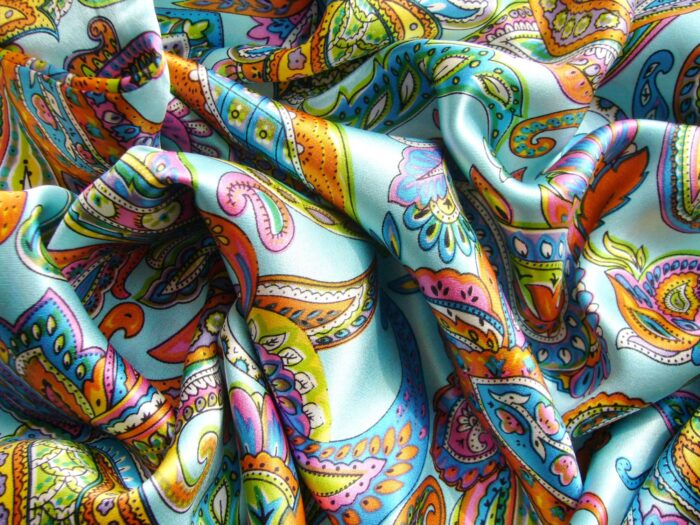
One of the key advantages is its unparalleled color and design accuracy. Traditional printing techniques, while effective, often struggle with complex designs and color gradients, leading to inconsistencies and errors.
Digital printing, on the other hand, renders each design as a series of tiny dots, allowing for a level of detail and precision that is simply unmatched. This means that designers can create intricate, vibrant options with complete confidence that they will be reproduced accurately.
Equally important is the color accuracy of digital printing. In the past, achieving the exact desired color was a complex and time-consuming process, often involving trial and error and resulting in wasted fabric.
Digitalization changes all that. Using advanced color-matching software, it ensures that each color is reproduced faithfully, down to the smallest detail. This not only guarantees a superior final product but also reduces waste and increases efficiency, making the entire design process more sustainable and cost-effective.
Customization and Personalization in Fabric Design
The world is increasingly moving towards customization and personalization, and fabric design is no exception. Whether it’s a business wanting promotional items that truly stand out, or an individual looking for a unique piece of clothing that expresses their personality, there’s a growing demand for textile products that are one-of-a-kind.
Here, digital printing truly shines. Because it doesn’t require any physical templates or screens, it makes one-off and short-run production both feasible and affordable.
This new computer-based printing can cater to more than just individual preferences. It can also adapt to specific needs and requirements, such as creating sensory fabrics for individuals with autism or incorporating advanced materials for smart textiles. By giving designers the freedom to innovate without restrictions, it is unlocking a world of possibilities for customization and personalization in cloth design.
Digital Printing Techniques for Complex Patterns and Textures
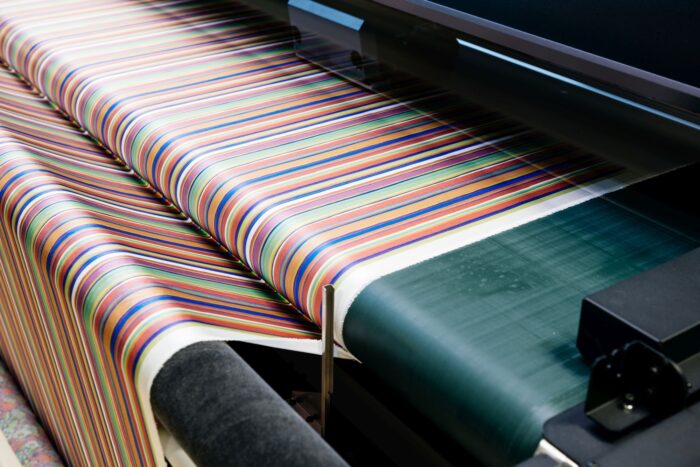
Another exciting aspect is the ability to recreate complex patterns and textures. Traditional printing methods can struggle with highly detailed designs, often leading to blurring or distortion. Digital printing, on the other hand, is perfectly suited for this kind of task. Using high-resolution printers and advanced software, it can produce intricate patterns with an astonishing level of detail and precision.
It can also simulate a variety of textures, from the smoothness of silk to the roughness of burlap. While it cannot change the physical texture of the material, it can create visual illusions that are remarkably convincing. This opens up new possibilities for fabric design, enabling designers to create products that are as visually striking as they are functional.
Sustainable Fabric Design through Digital Printing
Sustainability is more than just a buzzword; it’s a crucial aspect of any industry, including fabric design. Digital printing is at the forefront of this trend, offering several advantages over traditional methods in terms of environmental impact.
For one, it uses less water and energy, as it doesn’t require washing or steaming to fix the dye onto the textile. This not only reduces the carbon footprint of the production process but also lowers costs.
Computer-backed printing minimizes waste, as it only uses the exact amount of ink needed for each design. This is in stark contrast to traditional methods, which often involve excess dye that ends up polluting waterways.
And because digital printing allows for on-demand production, it eliminates the need for large inventories and reduces the risk of unsold products ending up in landfills. By combining innovation with sustainability, this technique is paving the way for a greener, more responsible industry.
Integrating Digital Printing with Traditional Fabric Manufacturing Processes
Despite its numerous advantages, computer-generating printing doesn’t aim to completely replace traditional fabric manufacturing processes. Instead, it offers a complementary tool that can enhance these processes and offer new possibilities. For instance, a designer might use screen printing for the bulk of a design and then add digital printing for intricate details or personalized elements.
It’s this kind of synergy that makes the modern printing technique such a powerful tool. By integrating it with existing manufacturing processes, businesses can benefit from the best of both worlds: the efficiency and scalability of traditional methods, and the versatility and precision of digital printing.
As such, it’s not a question of choosing between the old and the new, but rather finding the optimal balance between them.
Challenges and Limitations of Printing in Fabric Design
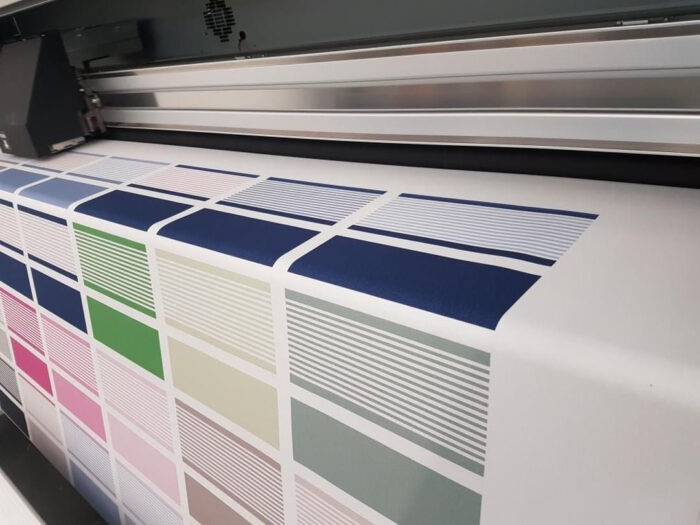
While computer-generated printing holds immense promise, it’s not without its challenges and limitations. One of the biggest is the cost. Digital printing machines are expensive, and so is the ink they use.
This makes printing a significant investment, one that not all businesses can afford. Furthermore, while computer printing is more efficient than traditional methods in many ways, it is also slower, which can be a disadvantage in high-volume production scenarios.
Another challenge is the range of fabrics that digital printing can handle. While it works well with many types of fabric, there are some, like certain synthetics and heavy materials, that it struggles with.
These challenges, however, are not insurmountable. With ongoing research and development, the scope and capabilities of digital printing are continually expanding, paving the way for an even brighter future in fabric design.
Final Summation
Digital printing has revolutionized the way fabrics can be designed thanks to its unique capabilities. By creating intricate patterns inspired by nature, computer-generated prints enable us to explore and unlock the full potential of fabric stylizing.
This opens up endless possibilities for fashion designers and textile enthusiasts alike who can now create breathtakingly beautiful designs with ease. From making customized garments to creating truly unique pieces that stand out from the crowd, printing is taking fabric design into a whole new realm of possibilities!








